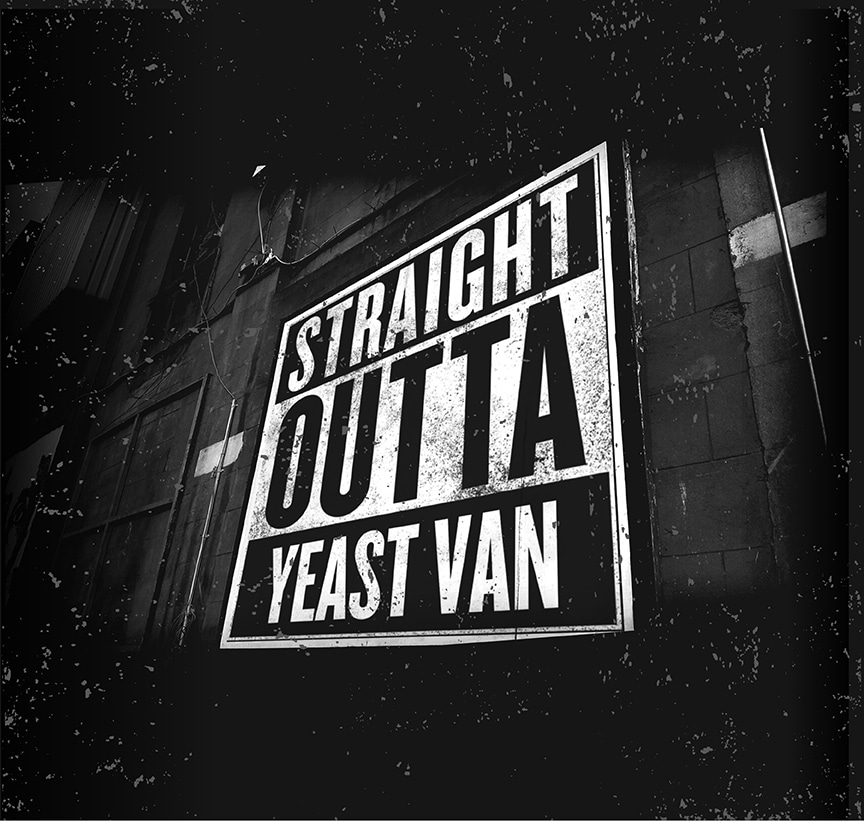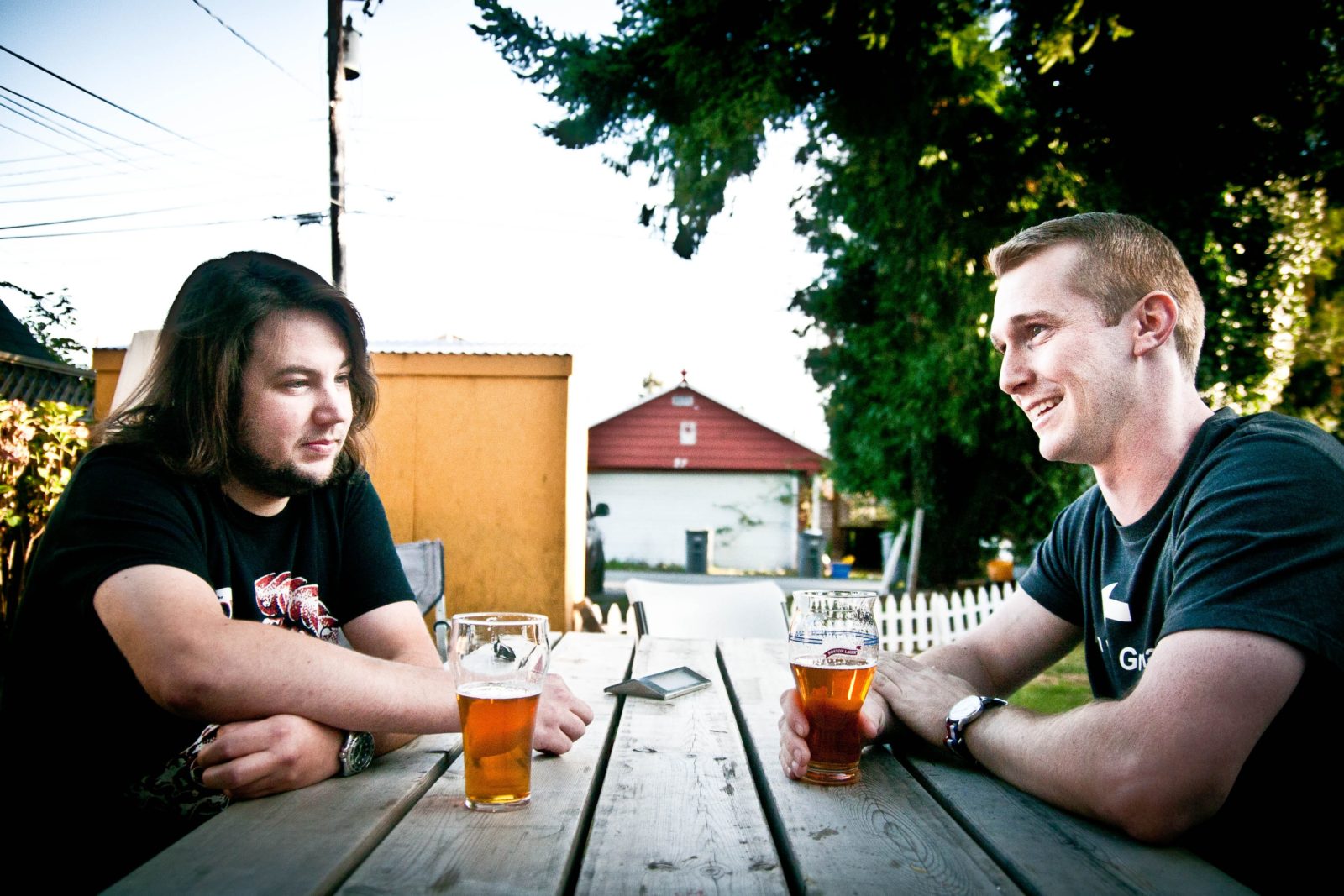
Few things excite me more than innovative new beers. Beers with new flavours or ingredients, beers that are brewed with new technology or techniques, beers that are bursting with creativity and pushing the envelope of what a beer can even be!
However, few things annoy me more than needless gimmicks used to tart up substandard beer. Being different for the sake of being different is not innovation. It’s a fake-ass attempt to sell shitty beer. (In my opinion.)
Which brings me to glitter beer. Yes, glitter beer. Beer with glitter in it.
This regrettable fad—and complete affront to the Reinheitsgebot—has apparently been infecting breweries across the world in the past few months. Edible glitter has been creeping into all sorts of food and beverages lately, from cupcakes to liqueurs, so I suppose it was inevitable that it would end up in beer eventually.
The glitter itself is a metallic-looking insoluble dust that ranges from a fully edible food product to a merely “non-toxic” metallic powder. Unlike the traditional glitter we grew up playing with, AKA the herpes of arts and crafts supplies, the edible variety isn’t quite so bad on the environment, which is nice. You won’t have to worry about sparkly piss, either, as the glitter dust is broken down by your digestive system, apparently.
The glitter is added to the beer immediately before kegging or bottling, because—glitter being glitter—it tends to ruin everything it touches.
Jeff Alworth over at BeervanaBlog.com does a great job of tracking down the history of this fad, tracing it back to Three Weavers Brewing in Los Angeles, which started adding glitter to beer back in 2015.
So what does it taste like? Well, I’ve yet to sample a glitter beer myself, but I’m told the dust is tasteless and odorless. This fad is all about aesthetics, anyhow. A quick search of Instagram will produce a number of examples of glitter beer, each shimmering with suspended sparkles swirling about the glass. I admit it; it’s an impressive effect.
A few notable takes on this trand stand out from the rest, however.
Melbourne’s Two Birds Brewing commemorated the great David Bowie with their Stardust IPA, a glitter-bombed space oddity with 69 IBUs (Bowie’s age when he died) that was brewed on the Thin White Duke’s birthday. This one gets a pass from me. Two Birds used the glitter to add another dimension to the beer and it was totally in keeping with the David Bowie theme. But a beer with glitter in it just to make it sparkly, that does nothing for me. It needs to make sense within the context of the beer.
So far, no breweries in B.C. (to my knowledge) have released a glitter beer, but I’m sure that will change soon.
Thankfully, glitter beer has all the makings of being a fleeting fad. For one thing, it’s not cheap. Starting at $2 per gram, it could cost a brewery more than $500 to dose a single 1,000L batch of beer.
Glitter beer also has a pretty short shelf life, as the glitter will settle out in days. According to Alworth, bartenders serving glitter beer need to continually shake the keg to keep the glitter in suspension.
Weird, it’s almost like this stuff has no business being in beer in the first place!
As such, I will file this fad away with other beer abominations like the pumpkin ale and the green-dyed St. Patrick’s beer. That being said, if I ever come across a glitter beer, I’m absolutely trying it. I mean, c’mon! It’s so sparkly!




